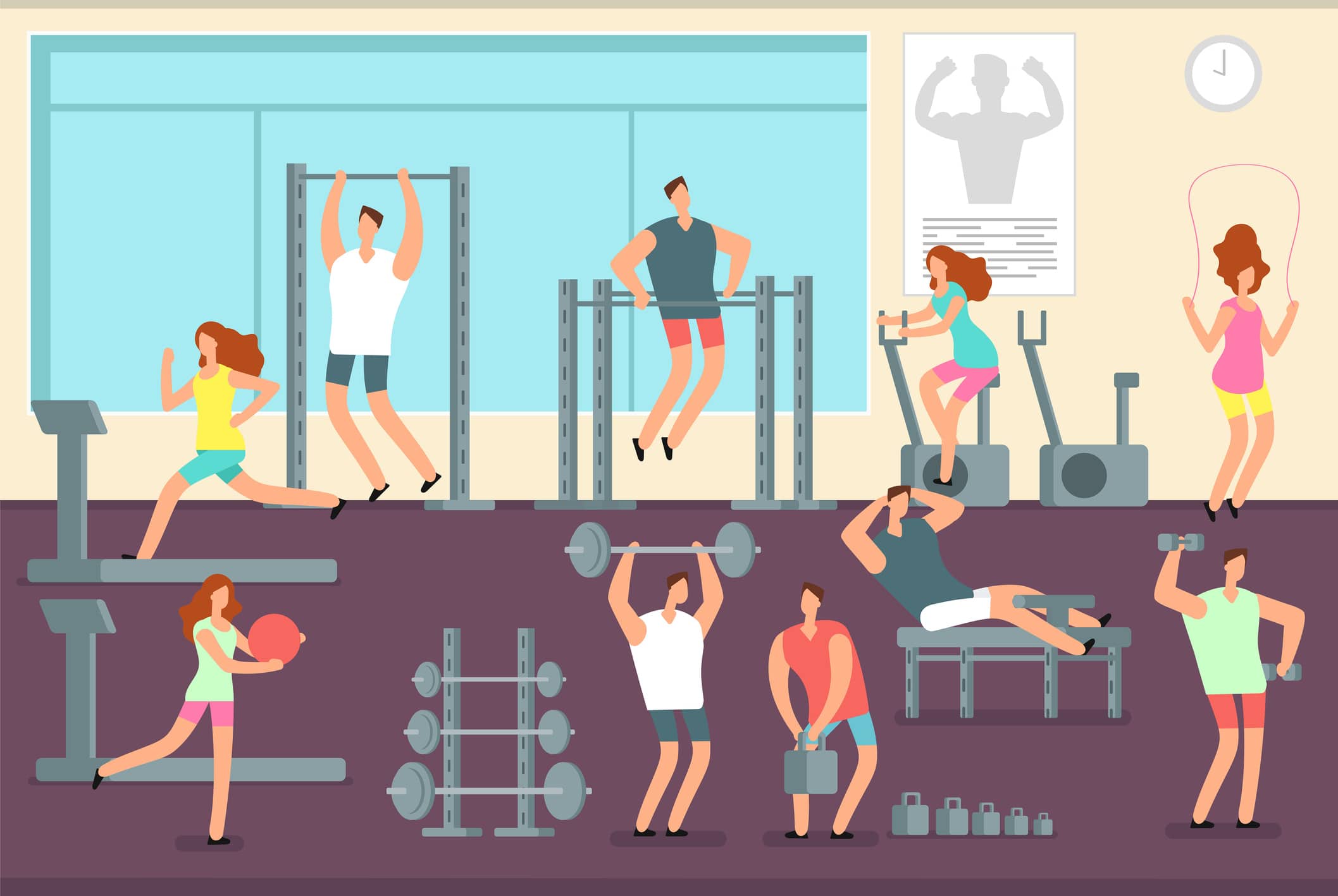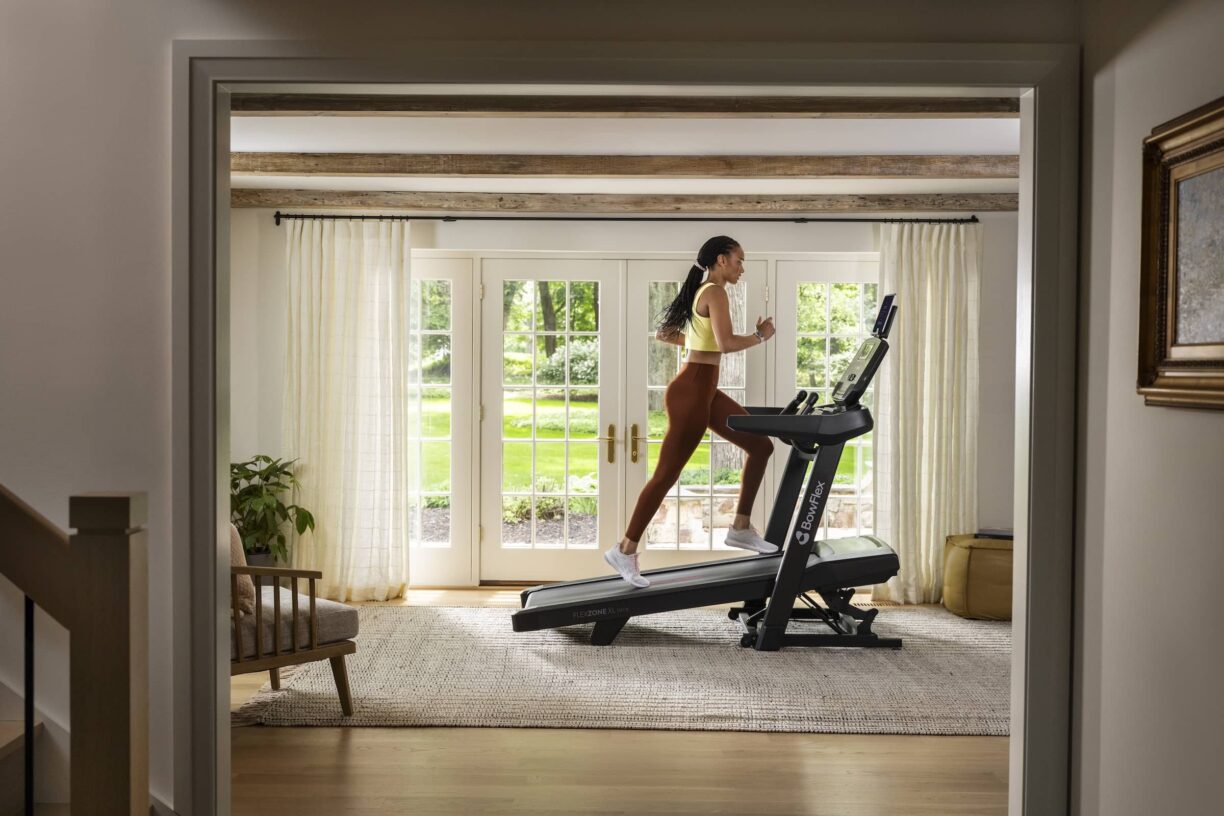From millennials and tech moguls to charity chiefs and now NHS staff, it seems no one’s immune to workplace stress.
But just because being frazzled and overwhelmed has become ‘the norm’, doesn’t mean we can’t do anything about it.
Every situation is different and if workplace wellbeing is seriously off-kilter, then it might be time for a good chat with your GP, line manager and HR department.
A lot of the time though, looking at what we’re doing to help manage stress in our own lives can make a world of difference – and little and often is key, which is why turning your lunch break into ‘active time’ can be transformative.

“Exercise is a great way to improve wellbeing, make you feel more energetic throughout the day, sleep better at night, have sharper memories, and feel more relaxed and positive.
It’s also powerful medicine for many mental health challenges,” says Jack Mousley, co-founder and personal trainer at Onyx, who have teamed up with Red Bull on their Active When On Lunch (AWOL) campaign.
He acknowledges it can be “doubly difficult to take that step” when we’re already feeling depressed, anxious or stressed though, and adds: “Remember, it’s OK to start small and grow.
When you feel like you’ve got the world on your shoulders and haven’t exercised for a long time, setting extravagant goals such as running the marathon or training every day will only leave you feeling disheartened if you fall short.”
Instead, remove the pressure and start with that ‘little and often’ aim. By utilising your lunch break, you can avoid falling into the ‘I don’t have time’ trap, as it won’t be eating into family time.
And don’t be fooled into thinking skipping breaks makes you a better worker – often the opposite is true and productivity dips if we don’t take decent breaks and prioritise our wellbeing.
“Having an active lifestyle and a healthy mind can lead to a lot of benefits in the work environment. When you’re stressed in that meeting or trying to hit that deadline, you may find your muscles tense and discomfort elsewhere.
“Exercising can help combat this by relaxing the muscles and relieving tension in the body, as well as releasing endorphins into the brain,” adds Mousley.
“The mind and body are closely linked, so if you improve one the other can feel better too.
“When you get that panic running through your body about making a mistake, getting up to move and control your breathing can help.
Exercise is an amazing natural antidepressant too, helping promote changes in the brain, to encourage feelings of wellbeing and calm.
All this can increase confidence in the workplace. It can give you that feeling of self-belief and allow you to take control of your day.”
6 top tips for getting started
Want to be a bit more AWOL? Fellow Onyx co-founder and trainer Craig Earl, shares these top tips…
1. Join a gym that is close to work. My biggest tip for this is to go into the gym with a plan.
he chances are you will only have 30-45 minutes to squeeze in a workout during lunch, so you don’t want to be wasting time thinking about what you’re going to do.
Focus on using free weights or body weight rather than seated machines, as there’s plenty of time to sit down during work.

2. Run. If you’re not a fan of the local gym, then get your trainers on and go for a run. Aim for at least 30 minutes, even if it’s a blend of walking and running.
3. Bodyweight exercises. Think lunges, push-ups, mountain climbers, squat jumps and burpees.
You don’t need too much space to perform these movements, and they are a great way to improve your strength, mobility and coordination.
4. Skipping. A skipping rope fits easily into a bag or pocket. Skipping is a great full-body workout and a great way to improve fitness and muscle tone.
It’s also less jolting on the knees than running, making it perfect for all fitness levels.
5. Do a fitness class. Lots of gyms or studios have lunchtime express classes. They are normally 20-30 minutes long, making them perfect for those looking to get active when on lunch.
If you can, try to get a mix of strength, cardio and mobility/flexibility-based classes across the week.
6. Go for a walk. I think we’ve almost forgotten that being active doesn’t always mean you have to go to the gym or for a run.
Work can be a stressful environment, so get out for a walk, put your headphones on and listen to your favourite podcast or album. Look to go for at least 30 minutes.
Physically and mentally, your body will thank you for this.





